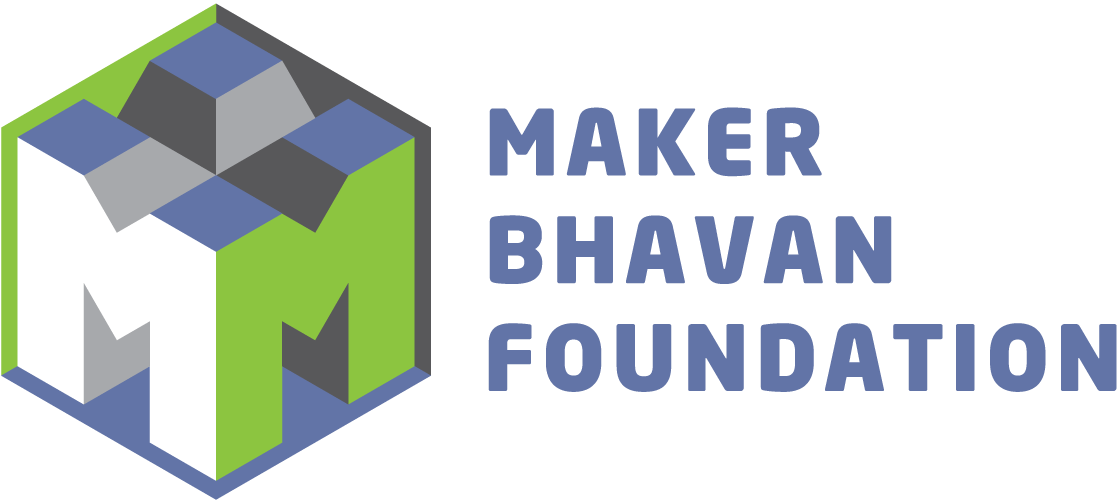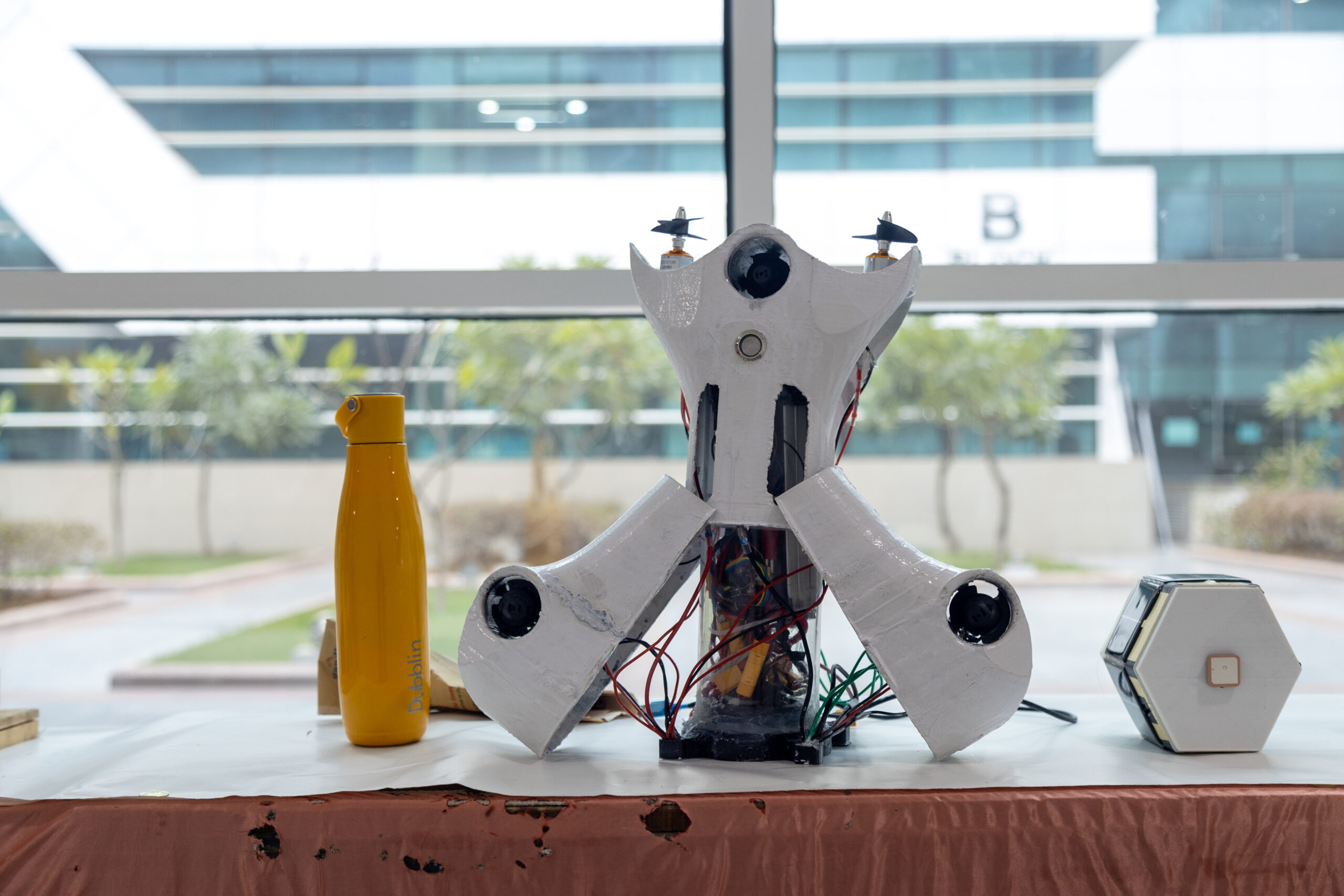Who can apply to the Vishwakarma Awards?
Teams of 2 to 5 undergraduate or postgraduate students from any recognised STEM institution are eligible. Faculty may be part of the team as mentors only. The team lead must be a student.
What kind of ideas/projects are eligible?
Your idea should:
- Adhere to one of the Vishwakarma themes (including sub-tracks)
- Solve a real-world problem
- Include a hardware component
- Result in a working prototype demonstrated at the finals
Pure software-only or theoretical solutions are not eligible.
Can we submit an idea we’ve already worked on before?
Only work done during the program timeline will be evaluated. Prior research or builds won’t be considered.
How do I apply?
Applications open on August 1, 2025. You’ll need to submit:
-
- An online form
- A written problem statement and proposed solution (Word document)
When will we find out if we are selected? How will we find out? Will you let us know If we are not selected?
You’ll receive an email update by September 3rd, 2025, if your team is selected for the next stage. If you are not selected, you’ll still regret communication.
Please ensure your application includes a valid and regularly checked email ID.
What happened to Clean Technology and Water & Sanitation Themes?
Clean Technology and Water & Sanitation themes are not being discontinued. All sustainability themes will be part of the Global Sustainability Challenge; details will be announced by August end.
PROGRAM STRUCTURE & STAGES
What are the different stages of the Vishwakarma Awards?
| Stage 1 | Application submission and first shortlisting (Top 1000 teams) |
| Stage 2 | Design specification: Submit a PPT deck, no prototype/video required |
| Stage 3 | Prototype development: Submit video + revised deck, virtual jury interviews |
| Stage 4 | Finalist bootcamp + in-person demo at a partner IIT |
What is the full timeline of the program?
| Phase | Timeline |
| Applications Open | Aug 1 – Aug 24, 2025 |
| Design PPT Submission | Sep 4 – Oct 4 |
| Prototype Submission | Oct 11 – Dec 6 |
| Jury Interviews | Dec 15 – Dec 17 |
| Bootcamp | Jan 22 – 23, 2026 |
| Finals & Awards | Jan 24, 2026 |
Do we need to travel during the program?
Yes, finalist teams will attend an in-person bootcamp and finale.
Travel will be at your cost. If you do not have the funds, you may apply for a travel scholarship from Maker Bhavan Foundation. Scholarships are limited.
Will our stay be covered?
Yes. We provide:
- Accommodation + meals during the bootcamp and finale
Do we need to pay any additional fees.
No, additional on-ground fees are required to be paid to Maker Bhavan Foundation (MBF).
Travel will be at your cost. If you do not have the funds, you may apply for a travel scholarship from MBF. Scholarships are limited.
TRAVEL & PARTICIPATION LOGISTICS
Do we need to travel? What are the dates and rules?
Yes, only finalist teams will travel to a partner IIT for the bootcamp and finale:
- Arrival: Jan 22, 2026
- Departure: Jan 24 or 25, 2026
- Minimum team members required onsite: 1
- Maximum supported: 2 team members per team (stay funded). More Members can come at their own cost
- Visa (if applicable): International students, if shortlisted, will be informed of the procedure
- Skipping the Bootcamp? No — the Bootcamp is mandatory for finalists
- Do we need to bring our prototype? Yes
- Working video: Must be submitted prior
- Physical prototype: Must be brought for live demo at the finale
BENEFITS & SUPPORT
What do we get by participating?
- ₹30,000: For finalist teams to further develop their prototypes
- Mentorship: From industry experts & innovation leaders
- Pitch Coaching: With communication experts
- Showcasing Opportunity: In front of investors, media, and institutions
- Possible Internships: With partner companies
Certificate + Optional LORs from mentors/selection committee
What are the prizes?
- Best Invention Award: ₹1,00,000
- Industry Internships for selected teams: subject on availability
PROJECT REQUIREMENTS
What is expected from our prototype?
You must demonstrate a working prototype with a hardware component. It should:
- Be cost-effective
- Address a real need
- Be easy to use, scalable, and sustainable
Show community engagement (this counts toward final scores!)
Can we use software in our prototype?
Yes, as long as there is a hardware component and the overall solution can be physically demonstrated.
What are the judging criteria?
- Relevance
- Effectiveness
- Clarity (technical + reasoning)
- Uniqueness
- Ease of use
- Sustainability & scalability
- Community involvement (10–15% of score)
Who are the mentors and how are they assigned?
Each team is assigned a technical mentor (If needed) and a communication consultant post-shortlisting. These experts help you develop your prototype and refine your pitch for the jury.
What happens after the finals?
- All finalist teams are eligible for post-program support, networking, and alumni engagement
Will we receive certificates?
Yes, all participants will receive a certificate of participation, and finalist teams will receive the winner certificate and can request Letters of Recommendation from mentors or jury members or Maker Bhavan Foundation.


